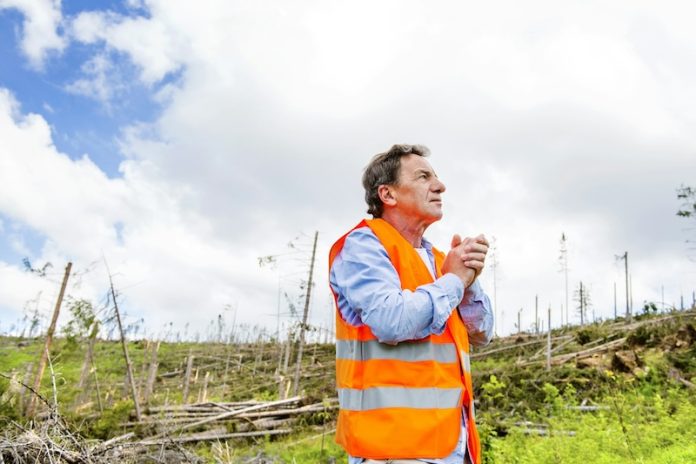
For over half a century, when a hurricane approaches, experts use a special scale to tell us how strong it is and how much damage it might cause.
This scale, known as the Saffir-Simpson Wind Scale, ranks hurricanes from Category 1, which are strong, to Category 5, which are incredibly powerful with winds faster than 158 miles per hour.
However, as our planet warms up, the oceans do too, leading to even stronger and more damaging hurricanes.
This situation has led scientists Michael Wehner and James Kossin to think about whether the highest category, Category 5, is enough to truly show the danger these storms bring in our changing climate.
Wehner and Kossin explored this idea deeply and shared their findings in a scientific journal, suggesting the idea of adding a new category, Category 6, for storms with winds exceeding 192 miles per hour.
Their work is all about making sure we understand the risks of hurricanes as the Earth gets warmer.
Wehner, with a career focused on how extreme weather changes with the climate, points out that the warming caused by human activities is making the seas warmer. This, in turn, gives hurricanes more energy to grow stronger.
In their research, looking back at hurricanes from 1980 to 2021, they noticed that the strongest storms have been happening more often in the last nine years, suggesting that some of these would fit into a new, even more extreme, Category 6.
They argue that as the gap in wind speeds between the different categories widens, it’s clear we need to rethink how we categorize hurricanes.
It’s interesting to note that hurricanes, typhoons, and tropical cyclones are all the same thing; they just get different names depending on where in the world they occur.
Whether it’s called a hurricane in the Atlantic, a typhoon in the Pacific, or a tropical cyclone in the Indian Ocean, they’re all massive storms that can cause a lot of harm.
Looking forward, Wehner and Kossin also used computer models to predict how a warmer climate might affect these storms.
They found that with a global temperature increase of two degrees Celsius, the likelihood of Category 6 storms could rise significantly, especially near the Philippines and in the Gulf of Mexico.
This increase in risk is a big deal, even if we manage to keep global warming to the lower targets set by the Paris Agreement.
Kossin highlights that how we talk about the risk from hurricanes needs to evolve.
Adding a new category might not address all the challenges, especially those not directly related to wind, like flooding and storm surges, but it could help in making people more aware of the dangers posed by stronger hurricanes in a warmer world.
Their research isn’t about changing the hurricane scale right away but is meant to spark conversation about how we recognize and prepare for the increasing power of these storms due to climate change.
The research findings can be found in PNAS.
Copyright © 2024 Knowridge Science Report. All rights reserved.



